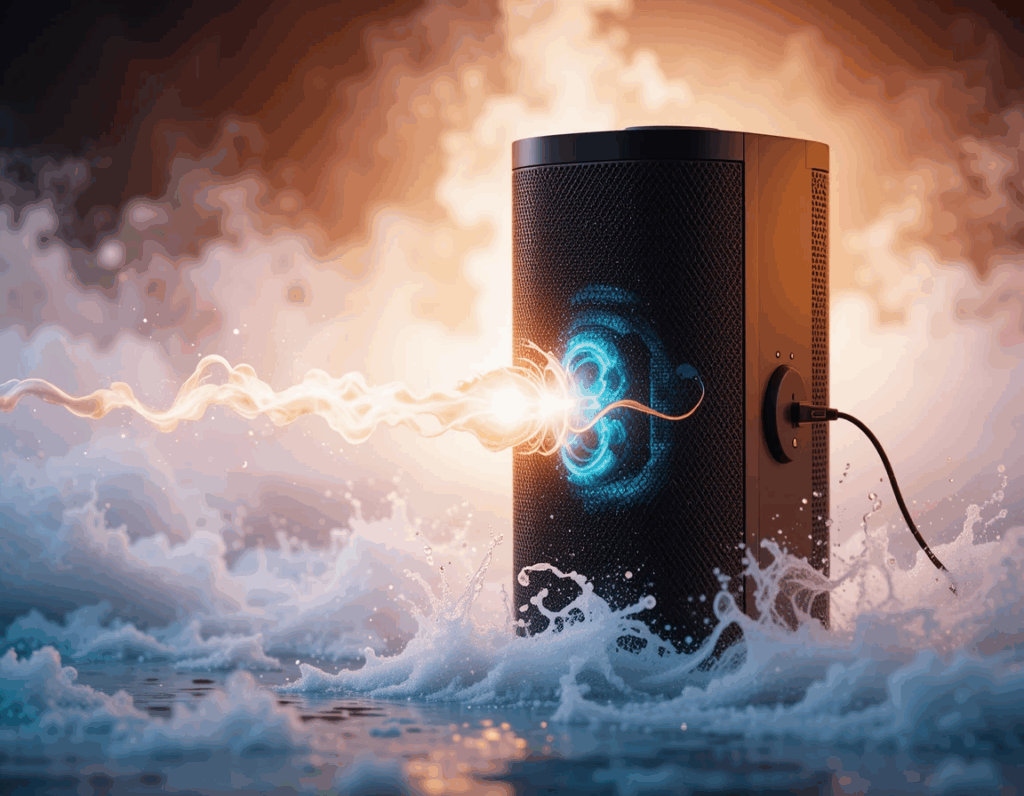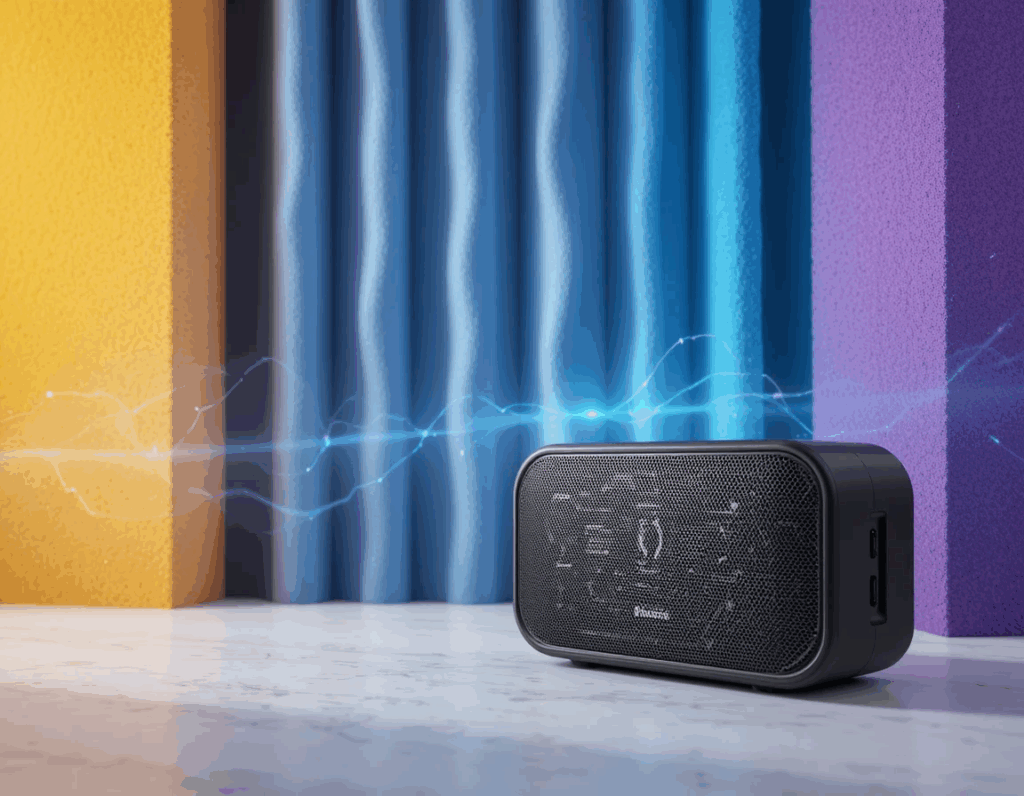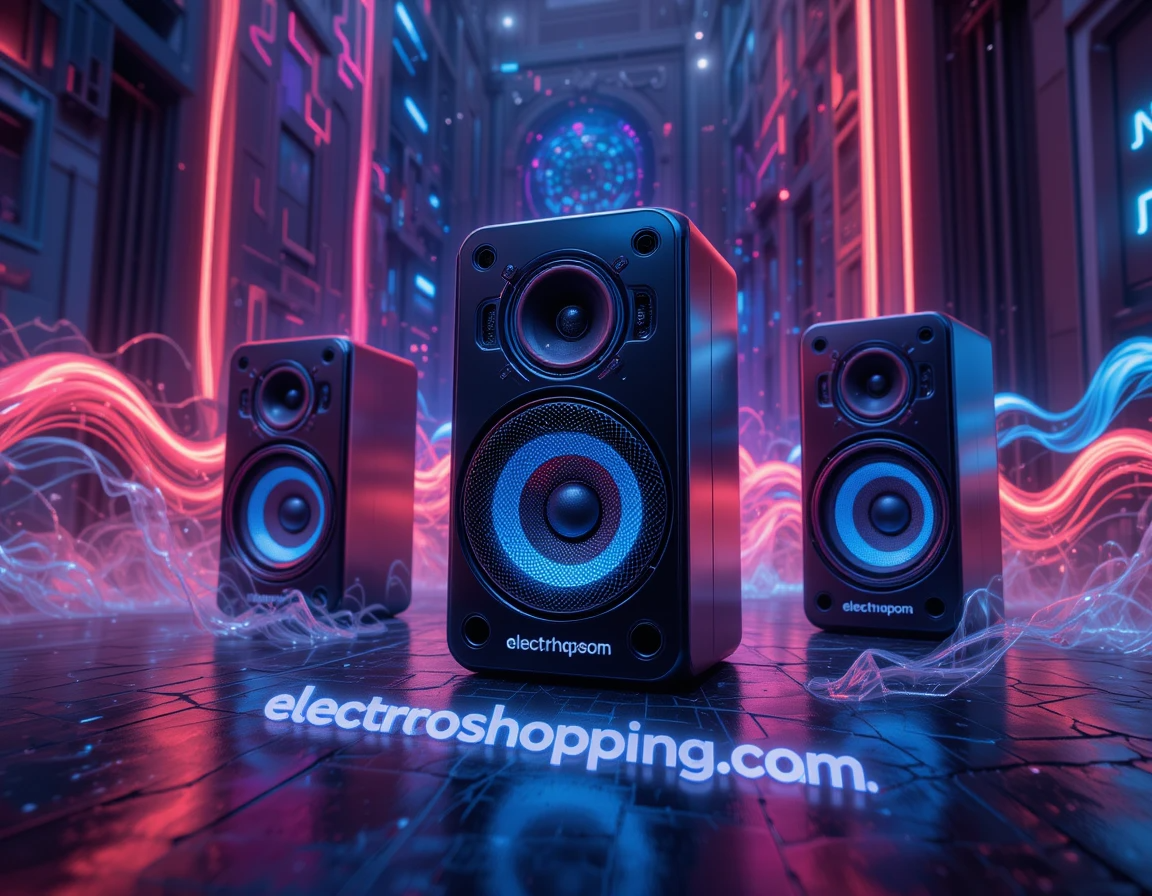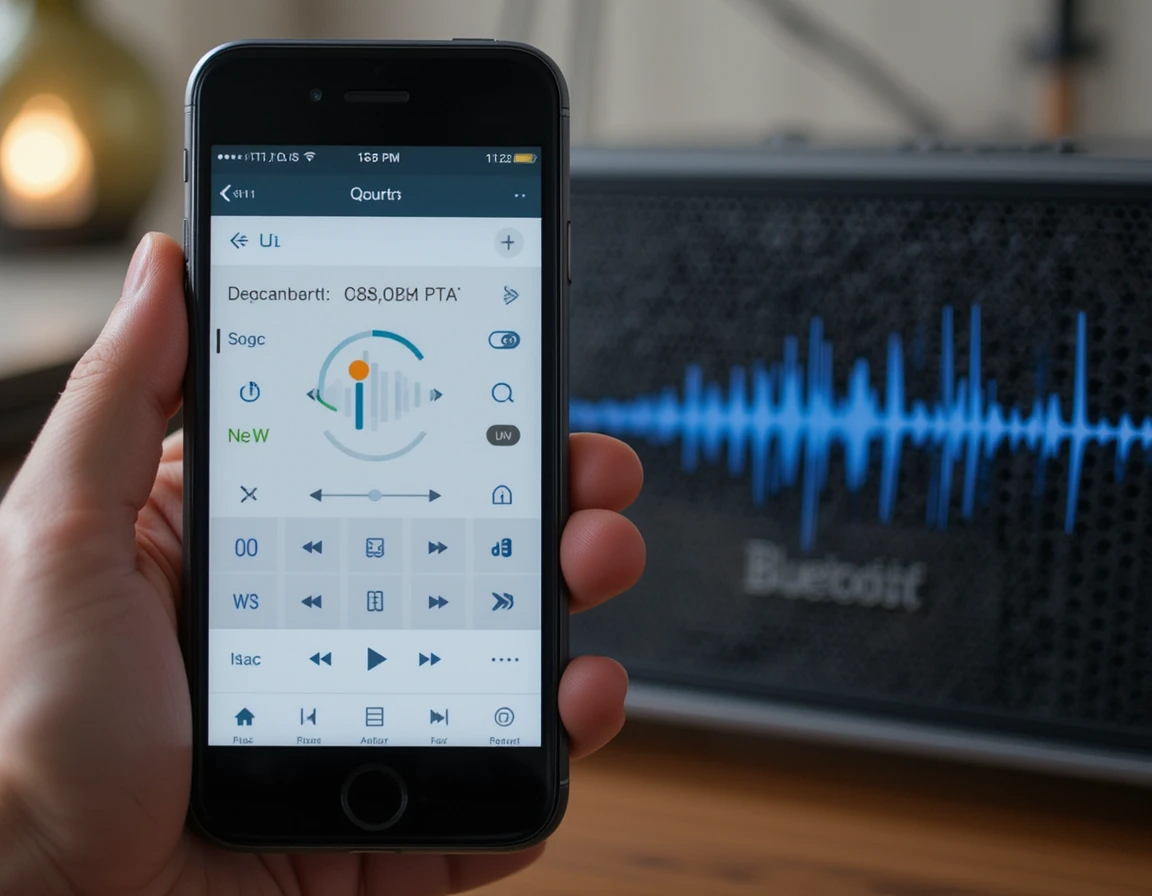To improve Bluetooth speaker sound quality, keep the speaker close with a clear line of sight, reduce wireless interference, and use good audio settings. Adjust the device’s equalizer or bass boost, and make sure your music source is high quality. Updating the speaker firmware and keeping its battery charged can also help. Follow simple placement and setting tips to boost the audio clarity of your Bluetooth speaker.
- Clear Signal Path: Remove obstacles between phone and speaker.
- Reduce Interference: Move away from Wi-Fi routers or microwaves.
- Use High-Quality Audio: Stream at higher bitrate or use aptX/AAC codecs.
- Adjust EQ & Settings: Boost bass/treble with an equalizer or bass mode.
- Place Speaker Well: Near walls/corners for bass boost, or at ear level.
- Keep Power Ready: Fully charge the speaker to avoid distortion.

Table of Contents
- Why is my Bluetooth speaker sound quality poor?
- How to improve Bluetooth speaker audio quality?
- Does Bluetooth range and interference matter?
- Can equalizer and settings help Bluetooth sound?
- How does speaker placement affect sound quality?
- Why firmware and battery level matter
- FAQs
Why is my Bluetooth speaker sound quality poor?
Bluetooth speakers use wireless signals that can degrade over distance or through obstaclesen.wikipedia.org. Walls, furniture or even your body can weaken the Bluetooth link, causing muffled or dropped audio. The 2.4 GHz wireless band is shared with Wi-Fi, microwaves, and other devicesgsoutech.com. In a busy space, these signals can collide and create noise. In summary, distance and interference often cause poor sound. Make sure you stay in the same room, with no barriers between the speaker and the source deviceen.wikipedia.orggsoutech.com.
How to improve Bluetooth speaker audio quality?
Improving audio can be quick and easy. First, use high-quality audio files or streaming. High bitrate tracks and lossless formats sound clearer. If your devices support advanced codecs (like aptX or AAC), enable them to improve fidelitygsoutech.com. Next, adjust your device’s sound settings. Many phones and apps have equalizers or bass boost modes. Boosting the low (bass) or high (treble) frequencies can make music sound fuller and clearersoundcore.com. Finally, keep the speaker and phone close together. Even a few feet of range can affect quality. The nearer the devices, the stronger and cleaner the Bluetooth connection.
Optimize sound with device settings
Most smartphones and computers have audio settings. Use an equalizer (EQ) to fine-tune the speaker’s outputsoundcore.com. For example, raising bass or clarifying vocals can mask weaknesses. Some Bluetooth speakers come with companion apps that let you tweak sound profiles. If available, try a ‘Bass Boost’ or similar preset. Also, avoid maxing out the volume on the source; sometimes lowering the EQ and volume slightly prevents distortion. In brief, tweaking the EQ and using any built-in audio modes will enhance sound.

Does Bluetooth range and interference matter?
Yes. Bluetooth is meant for short-range use. Indoors, walls and furniture reduce its range well below the theoretical maximumen.wikipedia.org. This means a speaker that sounds fine in one room can crackle if you step through a door or put a wall between your phone and the speaker. Keep the line-of-sight clear. Also, avoid other 2.4GHz gadgets like routers, wireless mice, or a microwave ovengsoutech.com. Such devices can interrupt the audio stream. In other words, distance and interference will reduce sound quality and cause dropouts, so stay close and clear of other signals.
Can equalizer and settings help Bluetooth sound?
Absolutely. Modern devices let you control how music is processed. Using an equalizer or sound enhancement app is an easy way to improve clarity. By boosting or cutting certain frequencies, you can make vocals crisper or bass fuller. For example, a little bass boost can add depthsoundcore.com. Many Bluetooth speakers also support higher-quality codecs like AAC or aptX. These codecs compress audio more efficiently than the basic SBC codec. If your devices support them, enabling AAC/aptX can give CD-like sound quality over Bluetoothgsoutech.com. In short, using the best available codec and the right EQ settings can significantly improve your speaker’s audio output.
How does speaker placement affect sound quality?
Placement is key for great sound. A Bluetooth speaker doesn’t always direct audio evenly. If possible, place the speaker at ear level and not tucked away on a shelf Hard floors or walls reflect sound waves; this can either help or hurt bass response. Interestingly, placing a speaker near a wall or corner can amplify bass soundcore.com. The wall reflects low frequencies back into the room, making the sound punchier. However, don’t completely corner or cover the speaker. Avoid placing it inside a closed cabinet or behind soft material, as this can muffle the sound soundcore.com. Experiment with position: slight angle changes and elevation (using a stand or table) often yields clearer audio.
Speaker stands and surfaces
If you have a stand or stool, try elevating the speaker. This helps high frequencies travel to your ears. Placing it on a solid surface (like a wooden table) is usually better than on carpet or fabric, which absorbs sound. As noted above, avoid blocking the front of the speaker. Even small obstacles like cups or decor items can scatter the sound waves. Clean surroundings and proper orientation will let the speaker perform its best.

Why firmware and battery level matter
Keep your speaker’s firmware updated. Manufacturers sometimes release updates that improve audio performance or fix bugs. Check the speaker’s app or website for any updates. Also, ensure the speaker has enough power. A fully charged battery supplies stable voltage to the amplifier and drivers. In many speakers, a low battery can make music sound distorted or quieter soundcore.com. So if sound quality is poor, plug the speaker in or charge it up first. <!– Call to Action –>
Read Next
Easy Ways to Improve Bluetooth Speaker Audio
FAQs
Q: Why is my Bluetooth speaker sound quality poor?
A: Common causes include too much distance or obstacles between your device and the speaker, low battery power, or wireless interference. Walls, human bodies, and other electronics can weaken the Bluetooth signal. To fix this, stay within range (usually under 10 meters), avoid barriers, and move away from Wi-Fi routers or microwaves. Also make sure your source device’s volume and EQ settings are properly adjusted.
Q: How can I make my Bluetooth speaker sound louder and clearer?
A: First, increase the source device volume slightly below max and adjust the speaker’s own volume. Use an equalizer to boost the desired frequencies (for example, raise bass or treble as needed). Place the speaker on a hard surface or near a wall/corner to enhance low frequencies. Finally, ensure the speaker is fully charged and that the audio file or stream is of good quality.

Q: Will updating the speaker’s firmware improve sound quality?
A: Yes. Firmware updates can include audio fixes and new features. Check the manufacturer’s app or website for firmware updates. Updating ensures any known sound issues are addressed and may add support for better codecs like AAC or aptX.
Q: How close should I keep my phone or tablet to the Bluetooth speaker?
A: For best sound, keep the devices within a few meters with no obstacles. A short distance (under 3–5 meters) with a clear line-of-sight usually provides stable, high-quality audio. If you go farther or put walls between them, the sound may crackle or drop out due to signal loss en.wikipedia.org.





One thought on “How Do You Improve Bluetooth Speaker Sound Quality Easily? 2025”